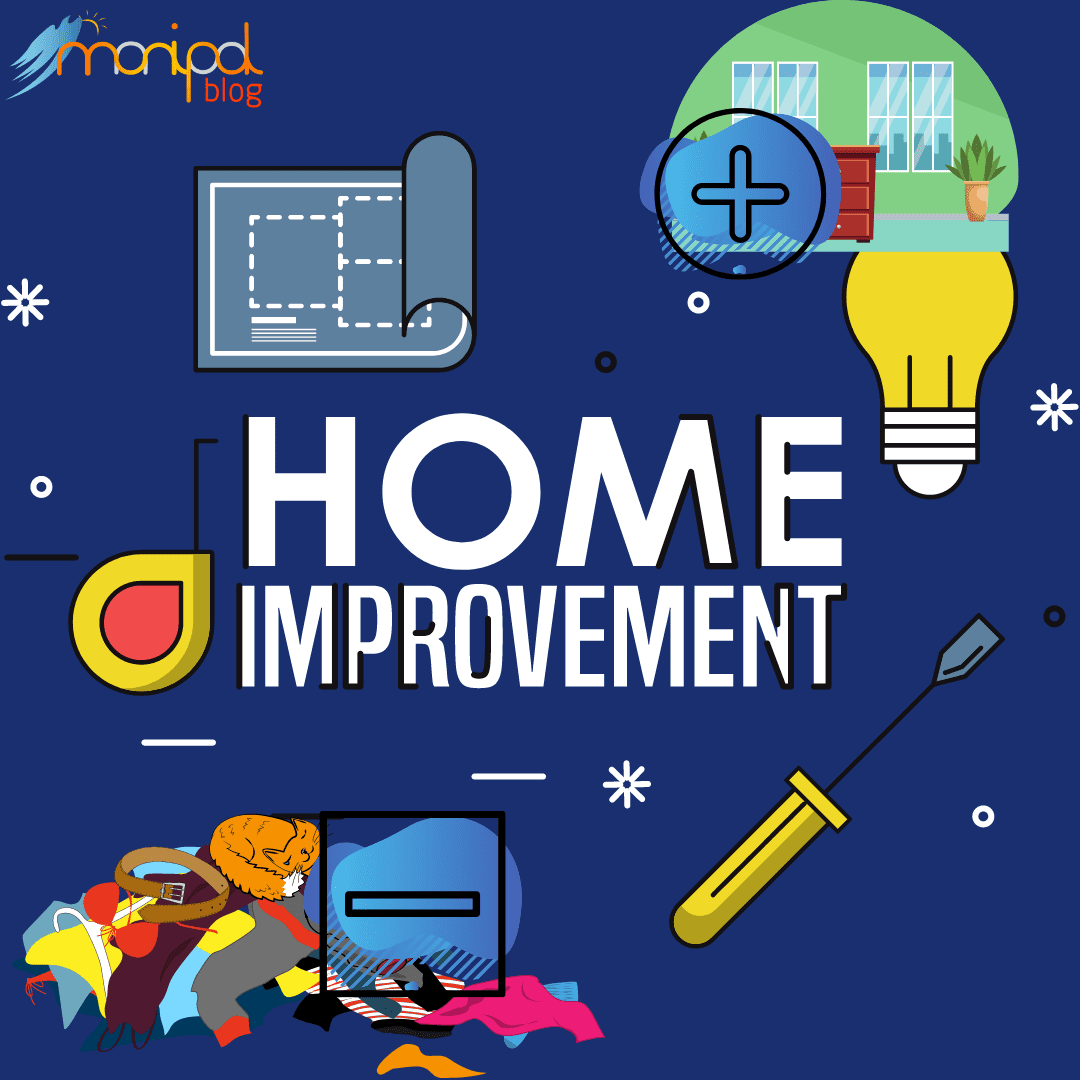A Step-by-Step Guide to Develop a Learning Plan
Step 1: Diagnose your learning needs and desired outcomes
Consider the system you are entering and the knowledge and abilities you will need to function effectively. Questions to consider when assessing your learning needs:
- Are there particular diseases or systems I need to study?
- Do I need to build skills related to assessment, interviewing, teaching?
- Are issues in that setting related to community mental health, changing behavior, prevention, health education?
Step 2: Specify your learning objectives
- What knowledge, skills, and attitudes do I plan to acquire?
- Do my objectives describe my desired knowledge, skills, and attitudes clearly to others?
- Have I considered the setting (resources, constraints, expectations
- Are the objectives attainable in the time frame?
- Are they at the appropriate level of complexity?
- Do they specify factual knowledge, application, synthesis or evaluation?
- Will it be possible to measure my objectives?
Step 3: Specify learning resources and strategies.
- Why select this strategy?
- How will it help me accomplish my objectives?
- What other strategies have I considered?
- Is the strategy feasible within the learning situation and the time frame available?
- How will I acquire the resources?
Step 4: Specify the evidence of accomplishing learning objectives.
For example, you may provide the tutor with a short essay, give a presentation to your peers, or submit an annotated bibliography. Some objectives can best be demonstrated by providing an educational session to a group of patients, or developing an educational material related to a prevalent mental health problem. Some objectives deal with attitudes and values, and may best be met through an attitudinal rating scale or a role play. It is your decision. Be creative. Questions to consider when specifying the degree to which you have achieved each objective:
- Does this evidence indicate the degree to which the objective is achieved?
- What alternative evidences have I considered?
- How and when will I provide this evidence? What are achievable target dates?
Step 5: Specify how the evidence will be validated.
For example, the criteria for a skill objective might be precision, accuracy, and flexibility. It is necessary to also indicate who will evaluate your evidence. You may use a wide variety of resources including peers, patients, preceptor and tutor. For example, you might have an objective related to patient education. It might be appropriate to have your Clinical Preceptor attend a needs assessment session with a group of patients and then provide you with feedback.
Questions to consider when designating criteria for evaluation of evidences:
- Are the criteria clear, relevant, and applicable?
- How do the criteria relate to my objectives?
- Will the feedback be useful for future learning?
- Is the evaluator clearly specified?
Step 6: Review, negotiate and finalize learning plan with your tutor.
Learning Objectives
- Are the learning objectives measurable, clear, understandable, realistic, and measurable?
- Do the learning objectives describe what is proposed to be learned?
- Do the learning objectives reflect the course outcomes?
- Are the learning objectives realistic within the timeframe and the clinical setting?
Learning Resources and Strategies
- Are the suggested resources current and accessible?
- Do the suggested activities and resources seem reasonable, appropriate, and effective for meeting the objectives?
Evidence
- Does the evidence seem relevant to the objective?
- Do the evidences demonstrate variety and creativity?
- Is the time line realistic? Are the due dates specified for each evidence / outcome?
- Are there other evidences that might be considered?
Criteria for Evaluation of Evidence
- Are the criteria for evaluating the evidences clear, relevant, and understandable?
- Are the criteria congruent with the learning objectives?
Step 7: Implement the learning plan.



Be the first to comment